Prior to the knockout match between Japan and the Philippines, various news outlets pointed out that since 2010, the Philippines is 6-0 against Japan, with three of those victories in FIBA Asia Cup play.
Now, that streak has finally come to an end.
Four three-pointers helped Japan break a 5-all tie in the early portion of the opening quarter, handing the Japanese a 32-16 first quarter lead that never relinquished. Japan understood that Gilas Pilipinas was a pass-happy team in this tournament and one of their objectives was to force Gilas into (to use a Filipino term) alanganin passes. Whether or not the Japanese forced the turnover didn’t really matter; the goal was to disrupt and boy did they do that job masterfully. With the 102-81 win over Gilas, Japan advanced to the quarterfinals of the 2022 FIBA Asia Cup, where they will face the defending champions Australia.
Both the Japanese program and that of the Philippines have gone through changes over the last 10 years, each with their own milestones. Japan has had to fight on without some of their players with NBA and international experience, but they managed to earn a bronze medal finish in the 2014 Asian Games and played valiantly at the Tokyo Olympics despite finishing the competition winless and in 11th place (out of 12 teams). Within that span of time, Japan has had two players find some sense of stability in the NBA, with Rui Hachimura currently entering his fourth year with the Washington Wizards and Watanabe currently a free agent after four seasons with the Memphis Grizzlies and the Toronto Raptors.

Meanwhile, the Philippines continued to pretty much dominate Southeast Asia and had two runner-up finishes in the FIBA Asia Cup back in 2013 and 2015. Coaches like Tab Baldwin, Chot Reyes, and Rajko Toroman brought the Philippines to greater heights, with Baldwin and Toroman showing what can be done even with young and talented players. The Philippines, though, has Jordan Clarkson and Jalen Green to claim (based on heritage), but homegrown players like Kai Sotto couldn’t enter the league on his first try and can only call the NBA a dream for whatever reason.
Much has been said about how Japan’s roster in the 2022 FIBA Asia Cup will more or less look the same compared to that of Gilas, which is always a bunch of revolving parts. However, excuses should not be made since the only players and coaches that matter are the ones there. Even the absence of time shouldn’t be an excuse considering how Japan head coach Tom Hovasse has had to make do with what he has and has Japan in the quarterfinals of the FIBA Asia Cup for the first time since 2015.
Japan and the Philippines will be hosting the 2023 FIBA World Cup (along with Indonesia) and both teams are using this tournament to prepare for basketball’s equivalent to the FIFA World Cup. Stability is something Japan can lean on considering how Hovasse’s achievements with Japan’s Women’s National Basketball Team earned him the job and has slowly seeped into the identity of the Men’s National Basketball Team.
The Philippines has had to deal with “making do with what they have” be it due to unfortunate injuries or scheduling conflicts that could easily be solved if national interests were really made a priority this early. Reyes has always been a media magnet and not so much for the right reasons as excuses and pointing fingers at things outside of the court take precedence over simply doing one’s job and earnestly adapting to more modern international basketball.
It had been a little over a decade since Japan beat the Philippines in a FIBA-sanctioned tournament and both teams are on diverging paths at least for the 2022 FIBA Asia Cup. The 2023 FIBA World Cup is a little over a year away and while neither team is a favorite to win it all, Japan has got a headstart in terms of gearing up for a better finish in the intercontinental tournament.

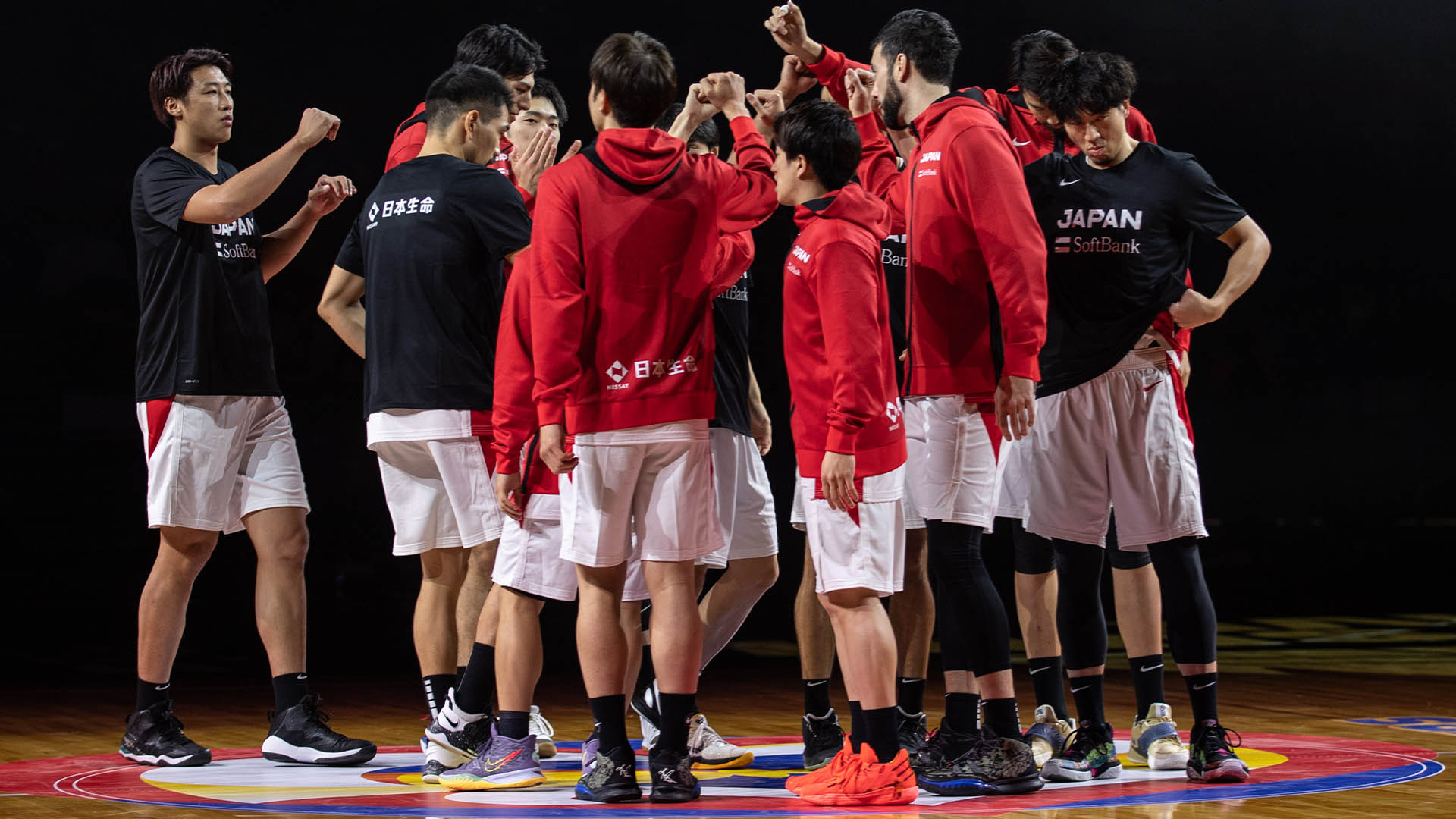

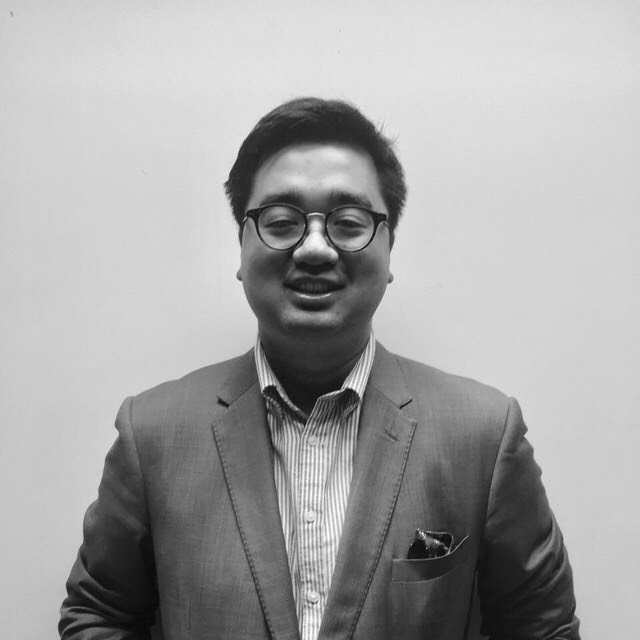






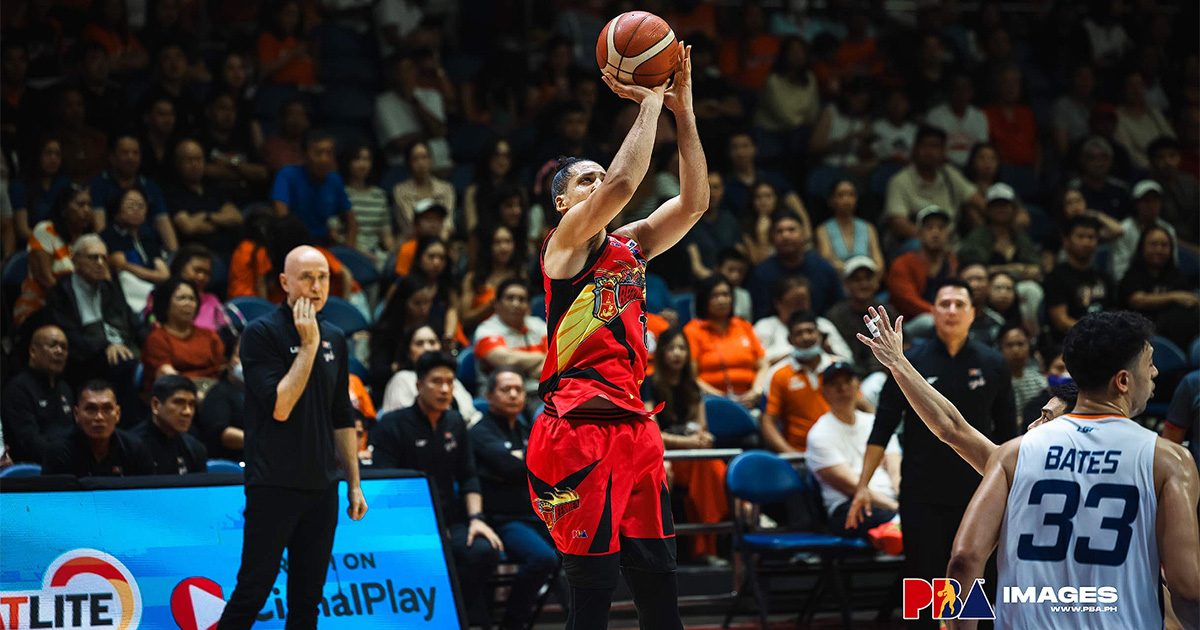


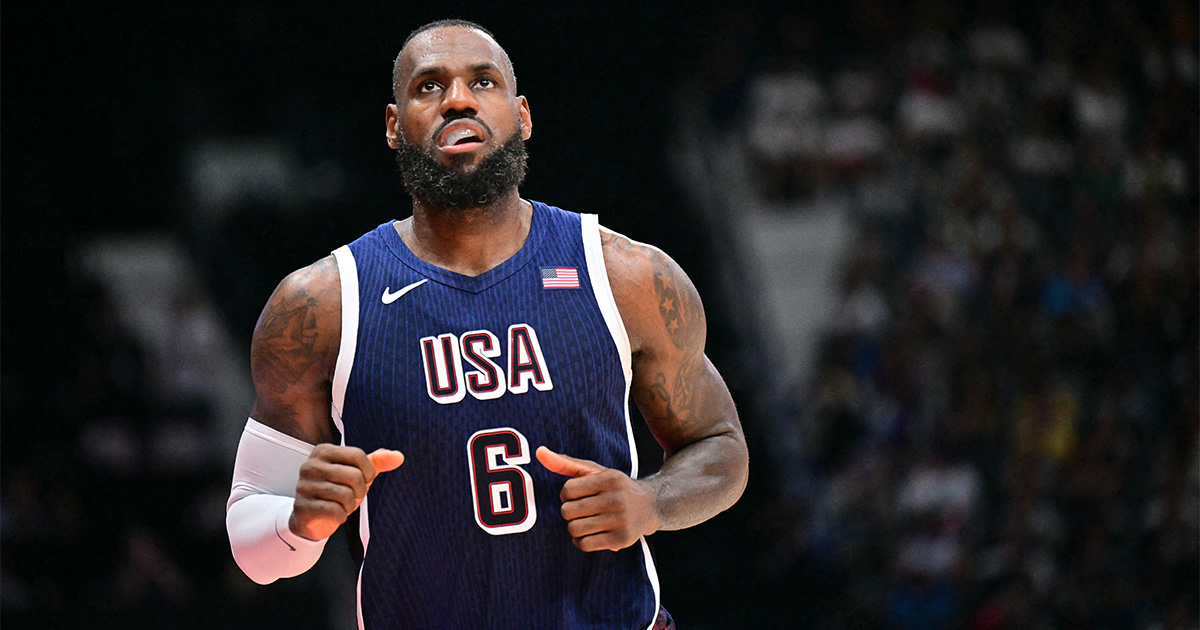

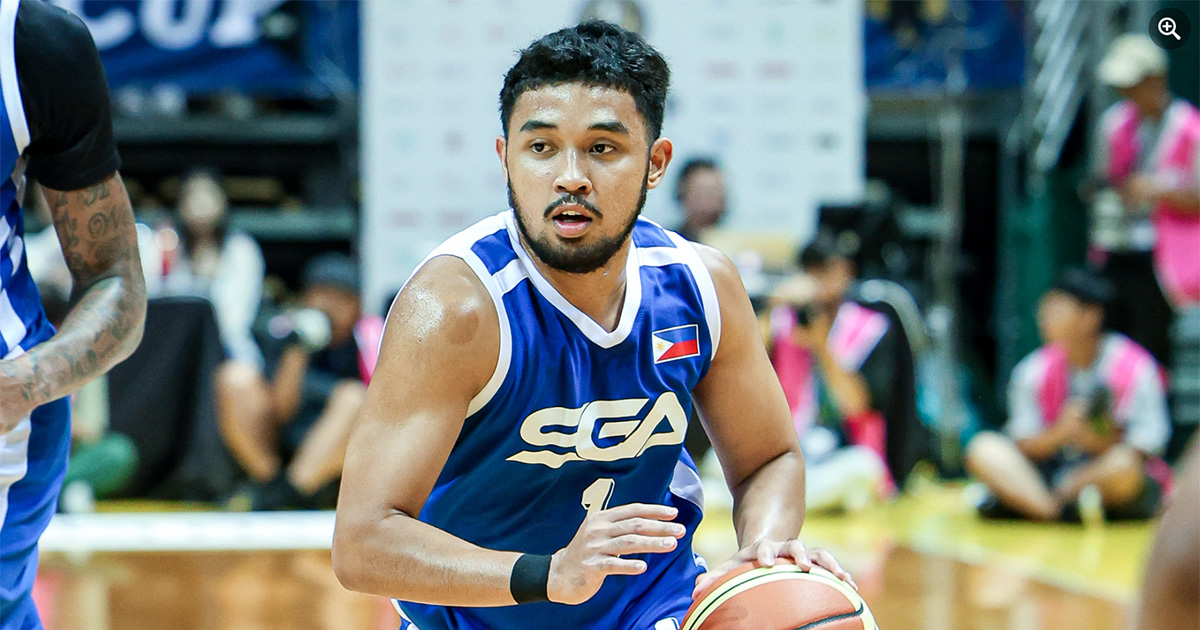
бнанс рестраця